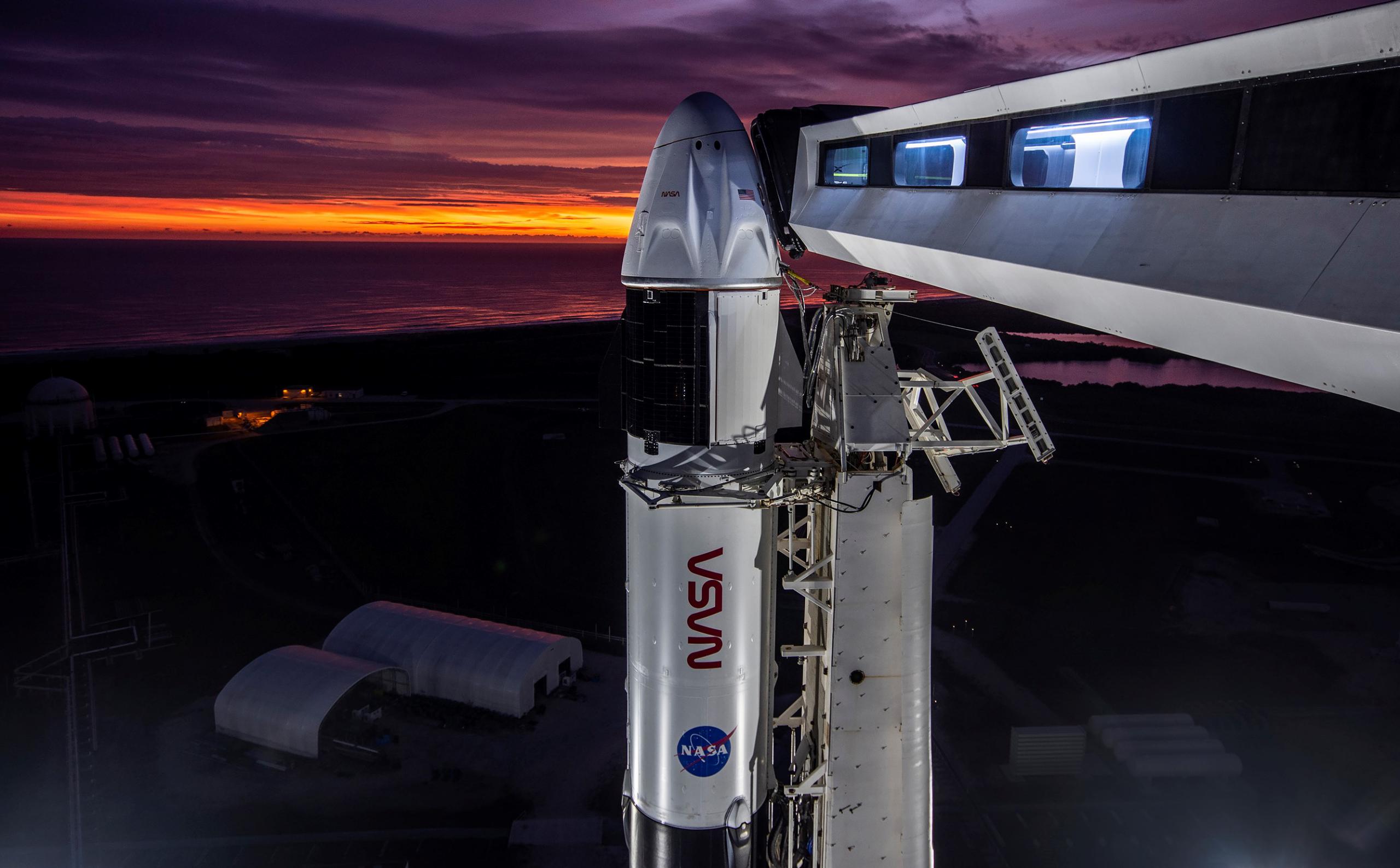
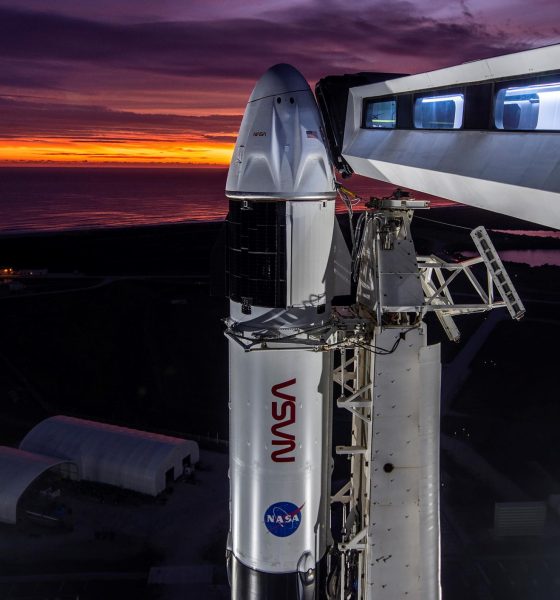
News
SpaceX’s NASA Crew Dragon launch manifest doubles in three months
NASA says it will soon award SpaceX another five Crew Dragon astronaut transport contracts after purchasing three extra missions from the company on February 28th.
That June 1st announcement means that NASA has more than doubled the number of operational Crew Dragon astronaut launches planned between 2020 to the end of 2030 in the last three months – a decision that represents another major SpaceX upset over Boeing. In reality, NASA has simply made some cold and rational calculations about its two Commercial Crew providers and – with no ill intent – made far-reaching decisions to preemptively secure its astronauts’ access to the International Space Station (ISS) for the rest of this decade. Intentional or not, however, the optics of those decisions speak volumes.
When NASA awarded Boeing and SpaceX their original $4.2 billion and $2.6 billion Commercial Crew Transportation Capability (CCtCap) contracts in 2014, the agency’s goal (or hope) was for both providers to complete the development of their Starliner and Crew Dragon spacecraft in roughly the same amount of time. Boeing and SpaceX would have then taken turns, each performing one six-month crew transportation mission per year and ensuring redundant access to the ISS for the rest of its life.
More realistically, the general assumption was that Boeing – an ancient aerospace company with half a century of spaceflight experience – would smoothly complete Starliner while SpaceX – a 12-year-old startup – would struggle to push Crew Dragon across the finish line. Of course, exactly the opposite proved to be true. For what would ultimately become (to NASA) $3.15 billion to Boeing’s $4.95 billion and development and test flight costs of $1.2 billion to Boeing’s $2.2 billion, SpaceX completed its first successful uncrewed and crewed Crew Dragon test flights in March 2019 and May 2020. In contrast, Boeing’s first uncrewed Starliner launch attempt nearly ended in catastrophe in December 2019. A second July 2021 attempt at that mission was prevented from launching by unrelated technical difficulties. Only on May 25th, 2022 did Boeing finally complete the equivalent of Crew Dragon’s March 2019 Demo-1 test flight.
NASA’s February 28th purchase of three more SpaceX Crew Dragon missions was unsurprising. The future of Starliner was still unclear and the Dragon missions it was purchasing could be needed as early as 2023 if Boeing’s spacecraft was not ready in time. The timing of NASA’s notice of intent to purchase another five Crew Dragon missions one week after the end of Boeing’s mostly successful OFT-2 test flight, however, is somewhat surprising. Instead of throwing Boeing a bone after its long-awaited success and somewhat balancing the scales between its two Commercial Crew providers, NASA has ultimately decided to purchase more than twice as many crew missions from SpaceX.
Following NASA and SpaceX’s successful Crew-4 launch last month, the space agency needs 16 more six-month transport missions from SpaceX and Boeing to ensure astronaut access to the ISS between now and late 2030. NASA has issued its intent to perform up to 14 operational Crew Dragon missions and up to 6 Starliner missions (via Boeing’s original contract). Subtracting the 4 missions SpaceX has completed or is in the midst of completing, NASA will soon have all the contracts it needs to crew the ISS until the end of 2030 without purchasing a single extra mission from Boeing.
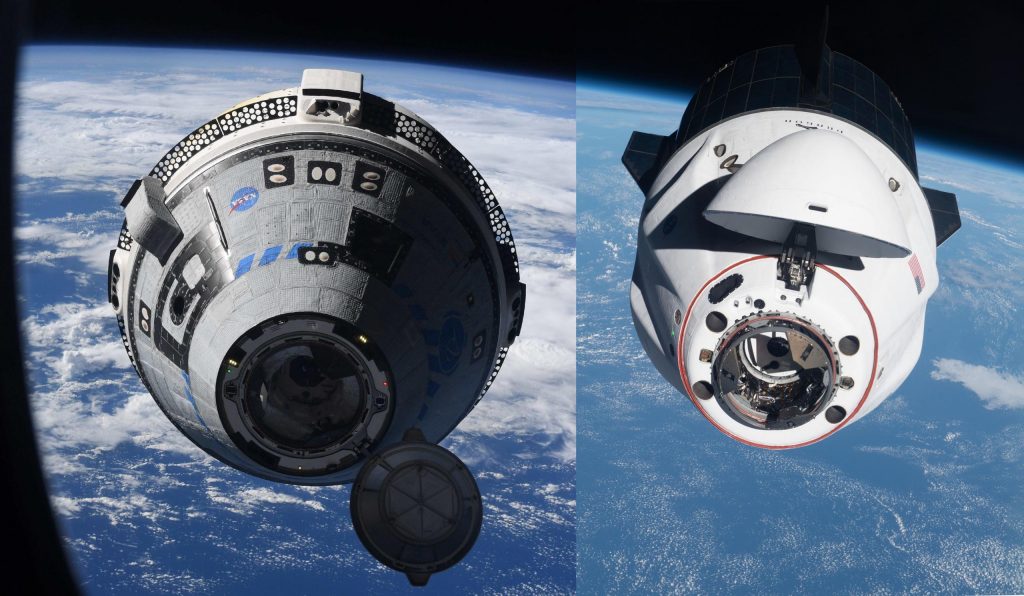
As a result, barring surprises, SpaceX will likely be responsible for launching 70% of all NASA and ESA astronauts from late 2020 to the end of 2030, while Boeing will be tasked with carrying the remaining 30%. A less likely Commercial Crew outcome would have been hard to imagine in 2014.

News
Tesla is improving Giga Berlin’s free “Giga Train” service for employees
With this initiative, Tesla aims to boost the number of Gigafactory Berlin employees commuting by rail while keeping the shuttle free for all riders.
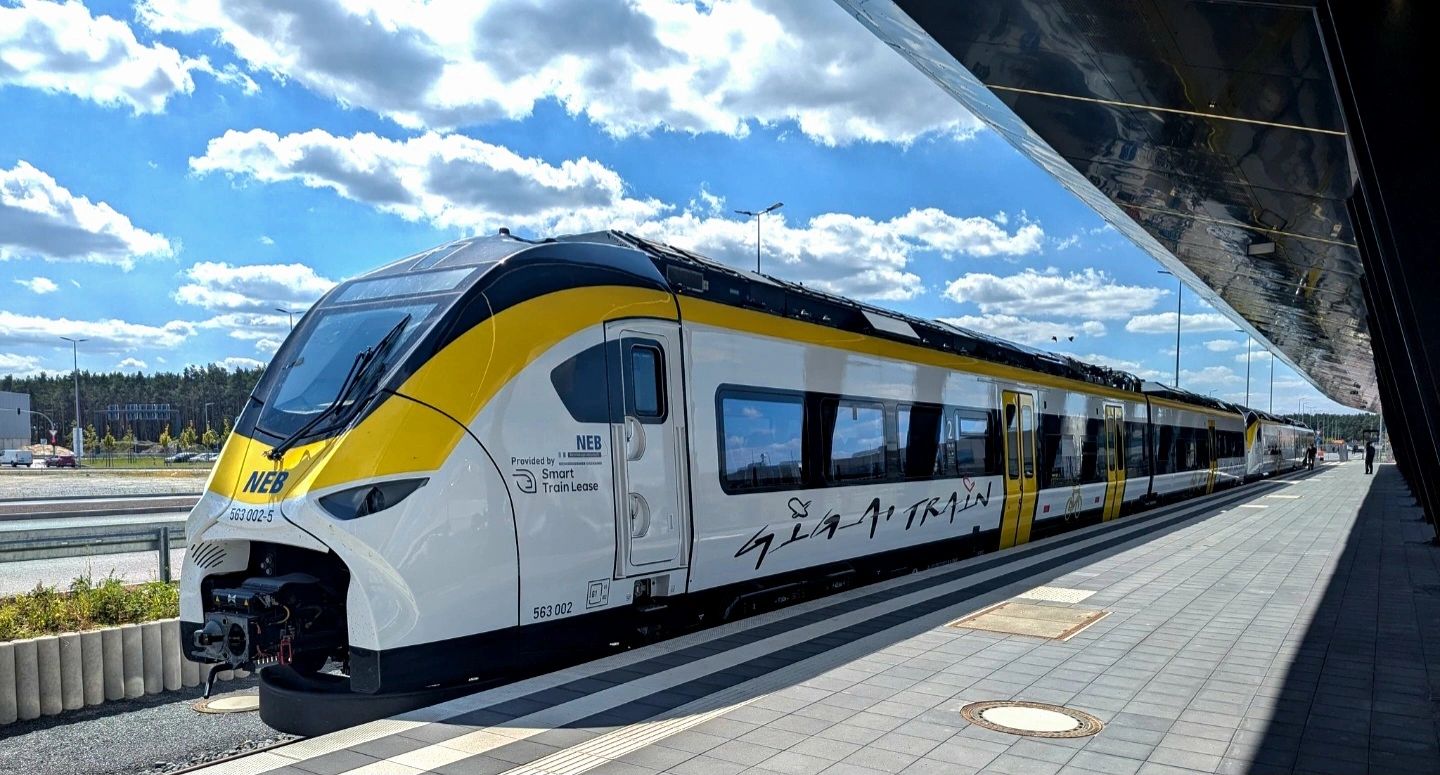
Tesla will expand its factory shuttle service in Germany beginning January 4, adding direct rail trips from Berlin Ostbahnhof to Giga Berlin-Brandenburg in Grünheide.
With this initiative, Tesla aims to boost the number of Gigafactory Berlin employees commuting by rail while keeping the shuttle free for all riders.
New shuttle route
As noted in a report from rbb24, the updated service, which will start January 4, will run between the Berlin Ostbahnhof East Station and the Erkner Station at the Gigafactory Berlin complex. Tesla stated that the timetable mirrors shift changes for the facility’s employees, and similar to before, the service will be completely free. The train will offer six direct trips per day as well.
“The service includes six daily trips, which also cover our shift times. The trains will run between Berlin Ostbahnhof (with a stop at Ostkreuz) and Erkner station to the Gigafactory,” Tesla Germany stated.
Even with construction continuing at Fangschleuse and Köpenick stations, the company said the route has been optimized to maintain a predictable 35-minute travel time. The update follows earlier phases of Tesla’s “Giga Train” program, which initially connected Erkner to the factory grounds before expanding to Berlin-Lichtenberg.
Tesla pushes for majority rail commuting
Tesla began production at Grünheide in March 2022, and the factory’s workforce has since grown to around 11,500 employees, with an estimated 60% commuting from Berlin. The facility produces the Model Y, Tesla’s best-selling vehicle, for both Germany and other territories.
The company has repeatedly emphasized its goal of having more than half its staff use public transportation rather than cars, positioning the shuttle as a key part of that initiative. In keeping with the factory’s sustainability focus, Tesla continues to allow even non-employees to ride the shuttle free of charge, making it a broader mobility option for the area.
News
Tesla Model 3 and Model Y dominate China’s real-world efficiency tests
The Tesla Model 3 posted 20.8 kWh/100 km while the Model Y followed closely at 21.8 kWh/100 km.
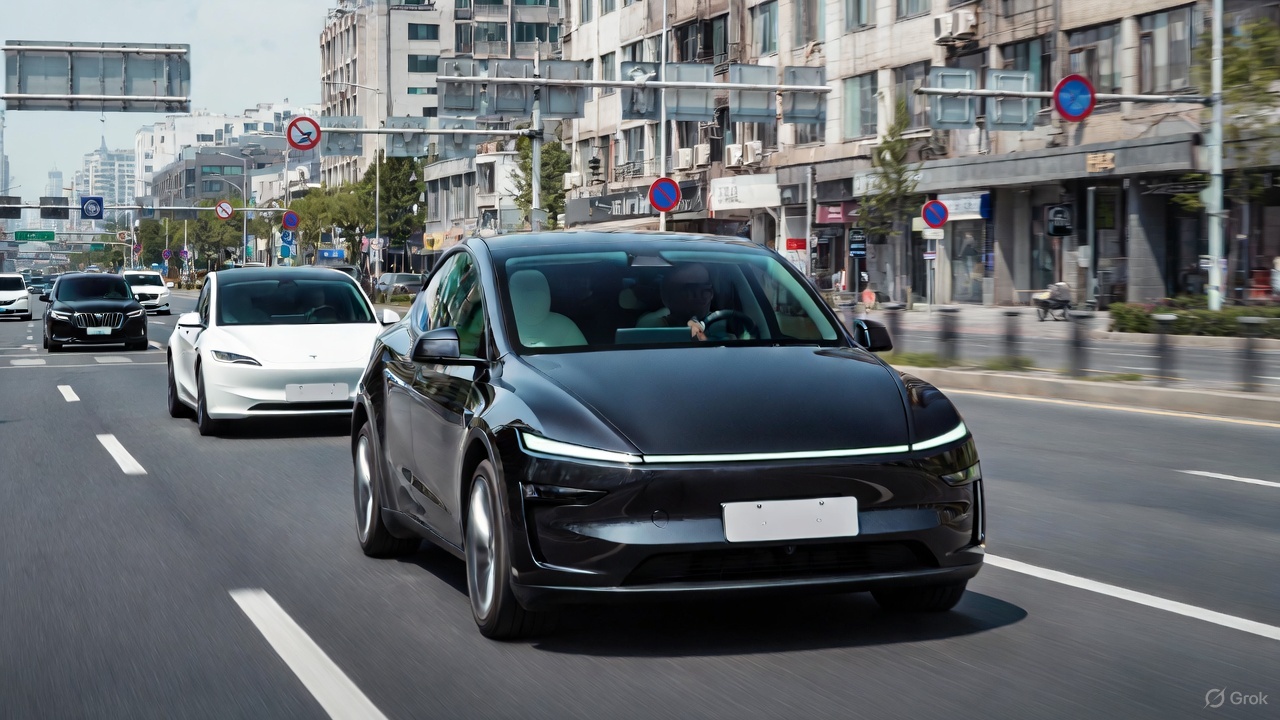
Tesla’s Model 3 and Model Y once again led the field in a new real-world energy-consumption test conducted by China’s Autohome, outperforming numerous rival electric vehicles in controlled conditions.
The results, which placed both Teslas in the top two spots, prompted Xiaomi CEO Lei Jun to acknowledge Tesla’s efficiency advantage while noting that his company’s vehicles will continue refining its own models to close the gap.
Tesla secures top efficiency results
Autohome’s evaluation placed all vehicles under identical conditions, such as a full 375-kg load, cabin temperature fixed at 24°C on automatic climate control, and a steady cruising speed of 120 km/h. In this environment, the Tesla Model 3 posted 20.8 kWh/100 km while the Model Y followed closely at 21.8 kWh/100 km, as noted in a Sina News report.
These figures positioned Tesla’s vehicles firmly at the top of the ranking and highlighted their continued leadership in long-range efficiency. The test also highlighted how drivetrain optimization, software management, and aerodynamic profiles remain key differentiators in high-speed, cold-weather scenarios where many electric cars struggle to maintain low consumption.
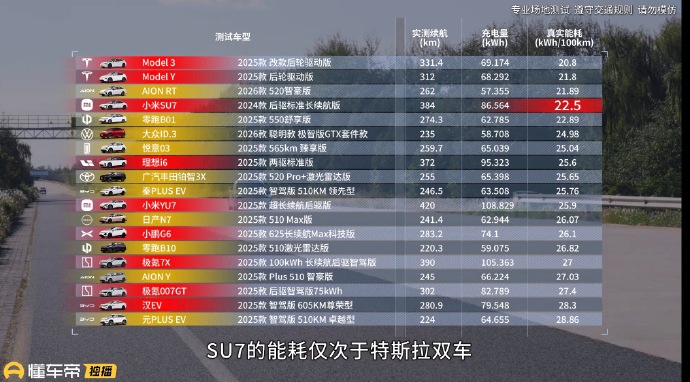
Xiaomi’s Lei Jun pledges to continue learning from Tesla
Following the results, Xiaomi CEO Lei Jun noted that the Xiaomi SU7 actually performed well overall but naturally consumed more energy due to its larger C-segment footprint and higher specification. He reiterated that factors such as size and weight contributed to the difference in real-world consumption compared to Tesla. Still, the executive noted that Xiaomi will continue to learn from the veteran EV maker.
“The Xiaomi SU7’s energy consumption performance is also very good; you can take a closer look. The fact that its test results are weaker than Tesla’s is partly due to objective reasons: the Xiaomi SU7 is a C-segment car, larger and with higher specifications, making it heavier and naturally increasing energy consumption. Of course, we will continue to learn from Tesla and further optimize its energy consumption performance!” Lei Jun wrote in a post on Weibo.
Lei Jun has repeatedly described Tesla as the global benchmark for EV efficiency, previously stating that Xiaomi may require three to five years to match its leadership. He has also been very supportive of FSD, even testing the system in the United States.
Elon Musk
Elon Musk reveals what will make Optimus’ ridiculous production targets feasible
Musk recent post suggests that Tesla has a plan to attain Optimus’ production goals.
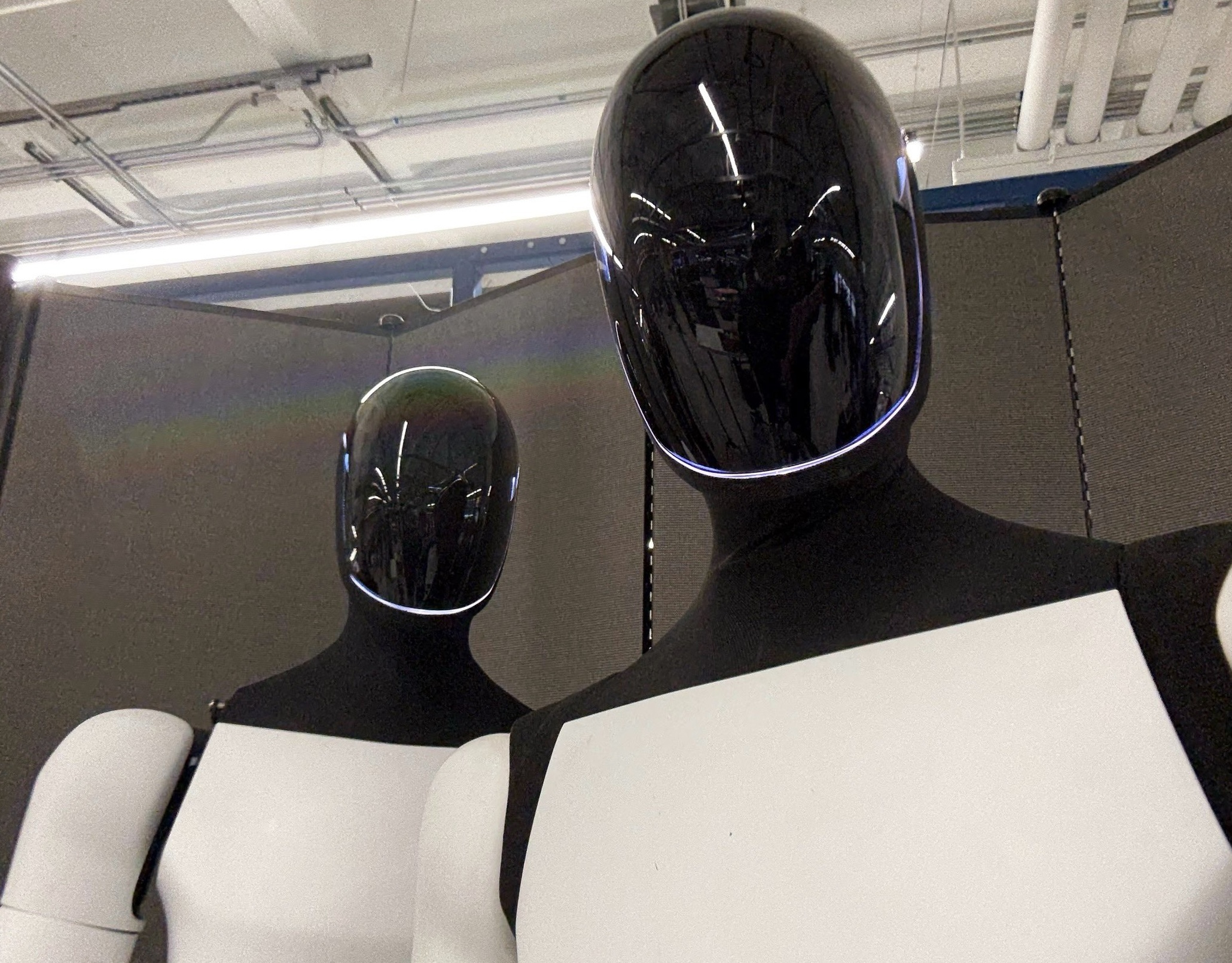
Elon Musk subtly teased Tesla’s strategy to achieve Optimus’ insane production volume targets. The CEO has shared his predictions about Optimus’ volume, and they are so ambitious that one would mistake them for science fiction.
Musk’s recent post on X, however, suggests that Tesla has a plan to attain Optimus’ production goals.
The highest volume product
Elon Musk has been pretty clear about the idea of Optimus being Tesla’s highest-volume product. During the Tesla 2025 Annual Shareholder Meeting, Musk stated that the humanoid robot will see “the fastest production ramp of any product of any large complex manufactured product ever,” starting with a one-million-per-year line at the Fremont Factory.
Following this, Musk stated that Giga Texas will receive a 10 million-per-year unit Optimus line. But even at this level, the Optimus ramp is just beginning, as the production of the humanoid robot will only accelerate from there. At some point, the CEO stated that a Mars location could even have a 100 million-unit-per-year production line, resulting in up to a billion Optimus robots being produced per year.
Self-replication is key
During the weekend, Musk posted a short message that hinted at Tesla’s Optimus strategy. “Optimus will be the Von Neumann probe,” the CEO wrote in his post. This short comment suggests that Tesla will not be relying on traditional production systems to make Optimus. The company probably won’t even hire humans to produce the humanoid robot at one point. Instead, Optimus robots could simply produce other Optimus robots, allowing them to self-replicate.
The Von Neumann is a hypothetical self-replicating spacecraft proposed by the mathematician and physicist John von Neumann in the 1940s–1950s. The hypothetical machine in the concept would be able to travel to a new star system or location, land, mine, and extract raw materials from planets, asteroids, and moons as needed, use those materials to manufacture copies of itself, and launch the new copies toward other star systems.
If Optimus could pull off this ambitious target, the humanoid robot would indeed be the highest volume product ever created. It could, as Musk predicted, really change the world.









